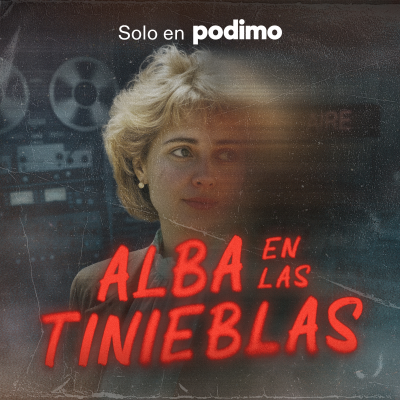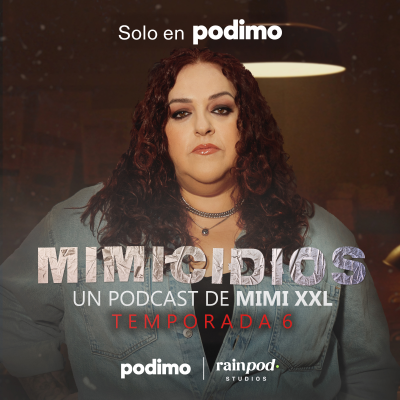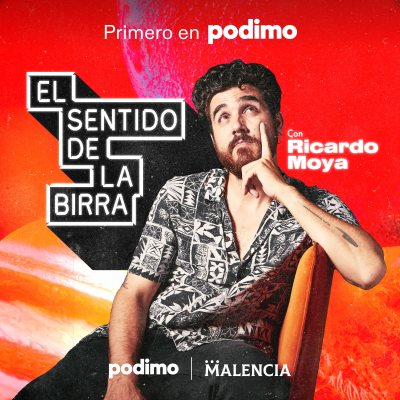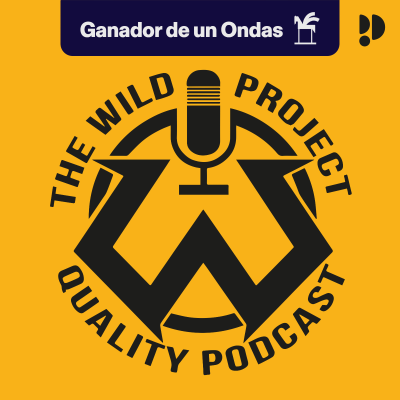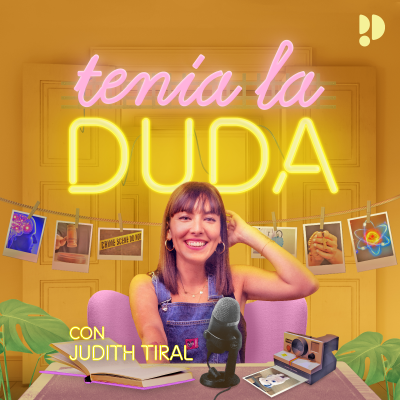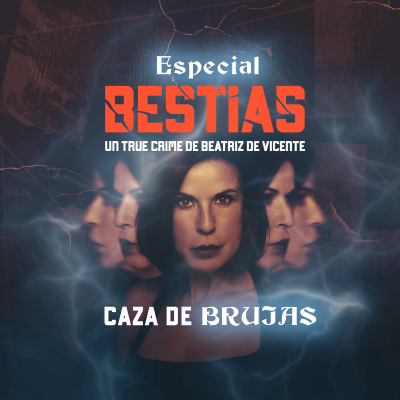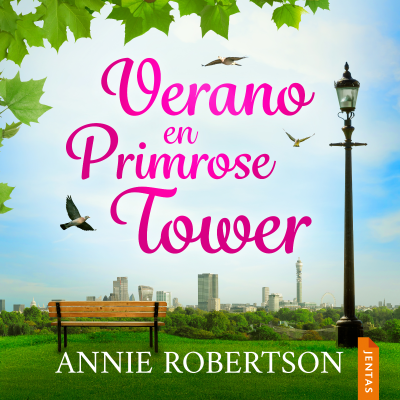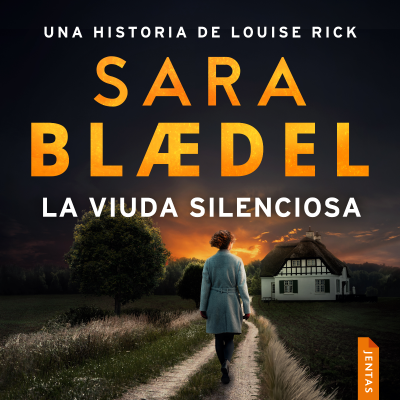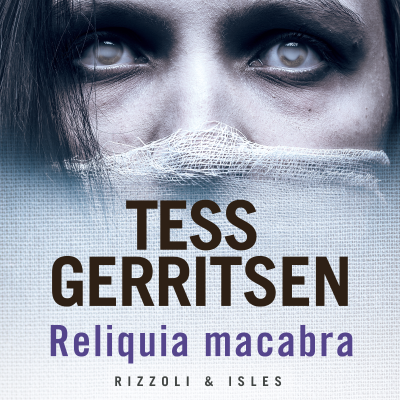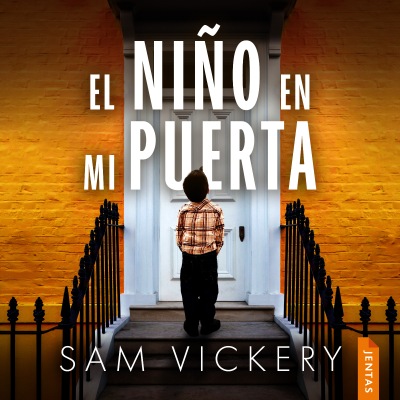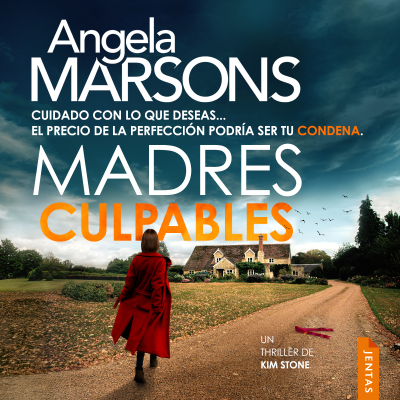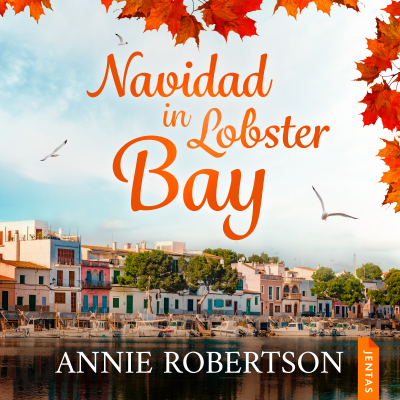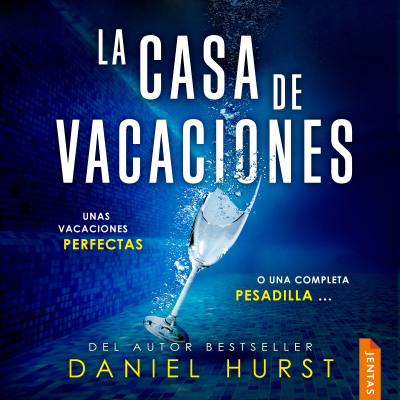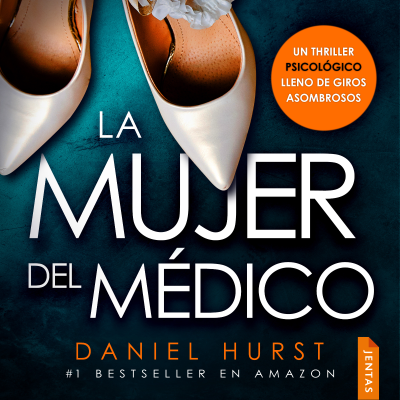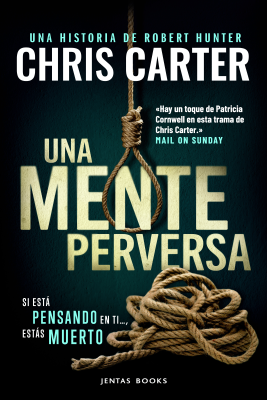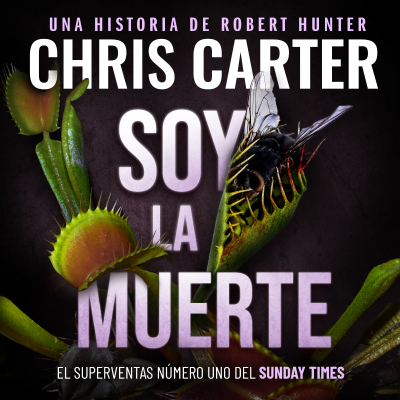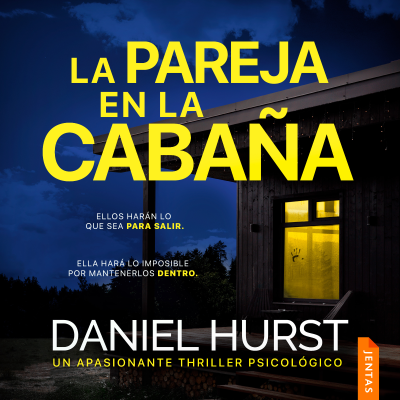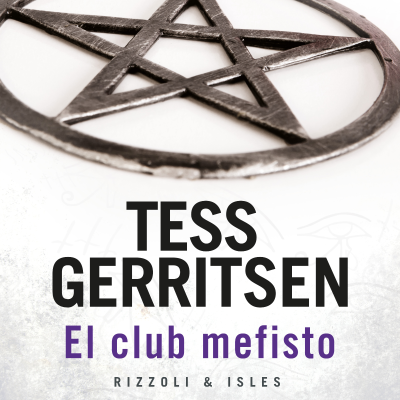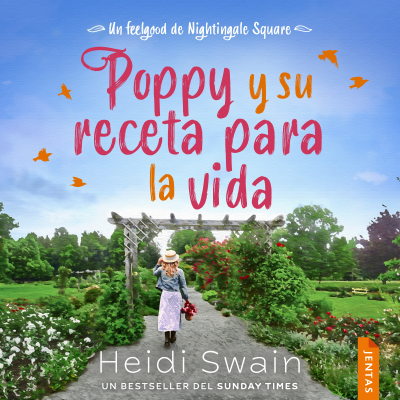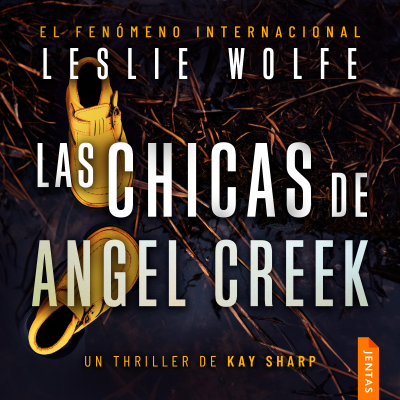
Natural Resources University
inglés
Tecnología y ciencia
Oferta limitada
3 meses por 1 €
Después 4,99 € / mesCancela cuando quieras.
- 20 horas de audiolibros / mes
- Podcasts solo en Podimo
- Podcast gratuitos
Acerca de Natural Resources University
Natural Resources University is a podcast network focused on delivering science-based natural resource management. The series housed within this network aim to deliver expert-based knowledge for their corresponding genre of natural resource management.
Todos los episodios
503 episodiosButterflies, Burn Units, and a Broader Vision for NREM with Dr. Jason Harmon | BGWT #497
What do grasshoppers, prescribed fire, and peer pressure have in common? In this episode, we sit down with Dr. Jason Harmon, the new head of Oklahoma State University's Natural Resource Ecology and Management department, to find out. From his early days counting insects in Wisconsin to leading research on pollinators and rangelands in North Dakota, Dr. Harmon brings a wide-lens perspective to land management - one that blends ecology, culture, and community. Hosts John Weir, Dr. Laura Goodman, and Dr. Mark Turner chat with Dr. Harmon about everything from cattle grazing and monarch migration to how landowners manage for appearances rather than outcomes. They also explore how Oklahoma's ecological diversity - and its people - are shaping the future of conservation. Whether you're passionate about prescribed fire, curious about critters, or just love hearing smart folks talk about working landscapes, this one's for you. Takeaways 1. Dr. Jason Harmon's background blends insect ecology with rangeland research. 2. Cultural perceptions influence landowners' willingness to adopt ecologically diverse pastures. 3. Fire remains an unmatched tool for managing range health and reducing woody encroachment. 4. Oklahoma and North Dakota face different stages of similar land challenges. 5. Pollinators are not just bees-grasslands can host hundreds of native insect species. 6. Milkweed interactions with cattle are species-specific and under-researched. 7. Oklahoma's ecological range-from alligators to bighorn sheep-mirrors the diversity of its management needs. 8. Interdisciplinary collaboration enhances natural resource problem-solving. 9. Prescribed burning is a proactive solution that prevents larger wildfire disasters. 10. OSU's natural resource programs offer versatile career pathways through specialized tracks. Timestamps 00:02:05 – Meet Dr. Jason Harmon and his journey to OSU |00:04:01 – Insect ecology and critter-counting origins 00:06:06 – Cultural peer pressure in land aesthetics 00:13:25 – Comparing North Dakota and Oklahoma land management 00:14:59 – Prescribed fire vs. grazing for ecosystem management 00:22:00 – Calf decomposition and surprising pollinator behavior 00:27:12 – Regal fritillaries and pollinator diversity 00:29:44 – Cattle interaction with milkweed species 00:33:39 – Adjusting to Oklahoma and its colorful town names 00:36:25 – Oklahoma's ecological diversity and wild inhabitants 00:42:29 – Dr. Harmon's vision for the department 00:49:00 – Promoting collaboration and public understanding 00:52:53 – Overview of OSU's undergraduate options in natural resources Find all resources at BlazinGrazinWildThings.com
Emergency Trout Restrictions | Fish University #496
he State of Arkansas is well known for its quality fishing opportunities, particularly its tailrace trout fisheries. Although Fish University has spent several episodes discussing the self-sustaining brown trout in the Little Red River, the majority of these fisheries are supported with catchable size, hatchery produced trout. Unfortunately, the two biggest hatcheries in Arkansas experienced major issues this past spring and summer, resulting in the loss of more than a million trout. With less trout available, the Arkansas Game and Fish Commission had to take drastic measures. In this episode, Wes has a conversation with Trout Biologist Christy Graham to learn about what happened at the hatcheries, what it means for the rivers, and what the future of trout fishing in Arkansas will look like. Do you have questions or comments? Follow the Fish University Facebook community [https://www.facebook.com/profile.php?id=100087242320601] and chat with Wes or suggest future episodes! Watch this episode on YouTube (here [https://youtube.com/playlist?list=PL8g7qBaBGDaQOO1jsSaamrabCRlOEEarO&si=084IkNm0Hib0Ii_8])!
Waterfowl Migration | Fins, Fur, & Feathers | #495
Waterfowl and other birds often migrate long distances to optimize habitats for feeding and meeting. Join Joe and Drew as they discuss what triggers migration, how far species travel, and the cost and benefits associated with these long distance movements. Dr. Joe Gerken and Dr. Drew Ricketts are extension specialists and faculty members in the Wildlife and Outdoor Enterprise Management Program at Kansas State University. Find out more about the program at http://hnr.k-state.edu/academics/undergraduate-programs/wildlife-outdoor-management.html [http://hnr.k-state.edu/academics/undergraduate-programs/wildlife-outdoor-management.html] Watch the podcast on Youtube at https://www.youtube.com/@KSREWildlife [https://www.youtube.com/@KSREWildlife]
Landscape level habitat corridor sustains turkeys | Wild Turkey Science #494
In this episode, we discuss our recent paper quantifying turkey abundance, highlighting the Florida Wildlife Corridor and exploring how this project preserves turkey habitat amidst increasing development pressures. Paper will be linked as soon as it is released. Resources: Citizen science for turkeys Episode 119 [https://youtu.be/LEbFvaRhNKA?si=a1Mvzya561e0o52B] eBird https://ebird.org/home [https://ebird.org/home] Florida Wildlife Corridor Foundation https://floridawildlifecorridor.org/ [https://floridawildlifecorridor.org/] FWC Summer Brood Survey https://myfwc.com/hunting/turkey/brood-survey/ [https://myfwc.com/hunting/turkey/brood-survey/] iNaturalist https://www.inaturalist.org/ [https://www.inaturalist.org/] Merlin Bird ID https://merlin.allaboutbirds.org/ [https://merlin.allaboutbirds.org/] Snapshot USA https://www.snapshot-usa.org/ [https://www.snapshot-usa.org/] 00:00 Introduction to the Conversation 01:23 Exploring Turkey Management and Habitat 02:48 The Impact of Human Population on Turkey Habitats 05:47 Florida Wildlife Corridor: A Case Study 11:38 Quantifying the Effects of the Corridor on Turkeys 20:47 Characterizing the Landscape for Turkeys 22:49 Understanding Turkey Occupancy and Abundance 25:09 The Impact of Human Population on Turkey Habitats 28:42 The Role of the Wildlife Corridor 31:19 Challenges Facing Osceola Turkey Populations 37:33 Management Strategies for Turkey Habitats 41:47 The Importance of Collaborative Conservation Efforts Our lab is primarily funded by donations. If you would like to help support our work, please donate here: http://UFgive.to/UFGameLab [http://ufgive.to/UFGameLab] We've launched a comprehensive online wild turkey course featuring experts across multiple institutions that specialize in habitat management and population management for wild turkeys. Earn up to 20.5 CFE hours! Enroll Now! [https://tinyurl.com/WildTurkeyManager] Dr. Marcus Lashley @DrDisturbance [https://tinyurl.com/DrDistIG], Publications [https://tinyurl.com/MarcusPubs] Dr. Will Gulsby @dr_will_gulsby [https://tinyurl.com/WillGulsbyIG], Publications [https://tinyurl.com/WillPubs] Turkeys for Tomorrow @turkeysfortomorrow [https://tinyurl.com/TFTweblink] UF Game Lab @ufgamelab [https://www.instagram.com/ufgamelab], YouTube [https://www.youtube.com/@ufgamelab] Donate to our wild turkey research: UF Turkey Donation Fund [https://tinyurl.com/UFTurkeyDonation] , Auburn Turkey Donation Fund [https://tinyurl.com/AuburnGiving] Want to help wild turkey conservation? Please take our quick survey [https://tinyurl.com/wildturkeymanagement] to take part in our research! Do you have a topic you'd like us to cover? Leave us a review [https://podcasts.apple.com/us/podcast/wild-turkey-science/id1666903553] or send us an email at wildturkeyscience@gmail.com [wildturkeyscience@gmail.com]! Watch these podcasts on YouTube [https://tinyurl.com/WTSPlaylistYT] Please help us by taking our (quick) listener survey [https://tinyurl.com/WTSListenerSurvey] - Thank you! Check out the DrDisturbance YouTube channel! DrDisturbance YouTube [https://www.youtube.com/@DrDisturbance] Want to help support the podcast? Our friends at Grounded Brand [https://groundedbrand.com/?srsltid=AfmBOooQfnSrbfJh3mkUQfUSYUgS7rXFWI3ChYlbr3vA8q8w7SMRlS3U] have an option to donate directly to Wild Turkey Science at checkout. Thank you in advance for your support! Leave a podcast rating [https://podcasts.apple.com/us/podcast/wild-turkey-science/id1666903553] for a chance to win free gear! This podcast is made possible by Turkeys for Tomorrow, a grassroots organization dedicated to the wild turkey. To learn more about TFT, go to turkeysfortomorrow.org [https://nam10.safelinks.protection.outlook.com/?url=https%3A%2F%2Fturkeysfortomorrow.org%2F&data=05%7C01%7Cc.nowak%40ufl.edu%7C0e10d6ba8452422275bf08db9e934976%7C0d4da0f84a314d76ace60a62331e1b84%7C0%7C0%7C638278127655164867%7CUnknown%7CTWFpbGZsb3d8eyJWIjoiMC4wLjAwMDAiLCJQIjoiV2luMzIiLCJBTiI6Ik1haWwiLCJXVCI6Mn0%3D%7C3000%7C%7C%7C&sdata=gtNXjmYnVwSwhXTbGPP4dzYueLYHxWNs4dNW6zJDWoo%3D&reserved=0]. Music by Artlist.io Produced & edited by Charlotte Nowak
Burn, Spray, Repeat: Taming Sericea Lespedeza | BGWT #493
In this episode of Blazin' Grazin' and Other Wild Things, we hear from Kayla Moss, Extension Assistant at Oklahoma State University, about her groundbreaking research in Oklahoma. Moss shares how she tackled the invasive sericea lespedeza using a combination of fire, herbicide, and grazing. She discusses how growing-season burns, when followed by a well-timed herbicide application, delivered the most effective long-term control - reducing sericea cover from 35% to under 1%. The episode also explores the unexpected return of native legumes after treatment, the resilience of sericea seedbanks, and the practical trade-offs producers face when balancing cattle gains with ecosystem health. Supported by co-hosts Dr. Laura Goodman, Dr. Mark Turner, and John Weir, this conversation is full of science-backed strategies, real-world challenges, and relatable advice for any land manager facing invasive species. Key Takeaways 1. Sericea lespedeza is highly invasive, with seedbanks that can persist for decades. 2. Growing-season fire followed by herbicide application a year later showed the most effective control. 3. Dormant-season fire alone may increase sericea cover. 4. Herbicide applied post-burn can reduce seed production significantly. 5. Cattle weight gains were not negatively affected by growing-season burns. 6. Native legumes like partridge pea and slender lespedeza can repopulate treated areas. 7. Seed germination of sericea is extremely tough, requiring even sulfuric acid in lab settings. 8. The cost of metsulfuron methyl herbicide is under $4 per acre. 9. Spot spraying and drone tech may offer future precision control options. 10. Integrated management is more practical and effective than standalone treatments. Timestamps 00:01:46 – Meet the hosts and guest, Kayla Moss 00:02:37 – Overview of Osage County research site and plant community 00:03:29 – Introduction to sericea lespedeza and its invasive history 00:05:35 – Existing research gaps and integrating fire, herbicide, and grazing 00:07:04 – Wildlife implications and Bobwhite quail case studies 00:15:13 – Breakdown of treatment methods used in the study 00:19:01 – Impact of dormant vs. growing season fire 00:25:15 – Conditions of prescribed burns and drought effects 00:33:34 – Post-treatment results on sericea cover and seed production 00:40:01 – Native legumes returning after treatment 00:44:01 – Cattle weight gain comparisons and practical advice for landowners 00:51:31 – Final thoughts and takeaways Find all resources at BlazinGrazinWildThings.com
Elige tu suscripción
Oferta limitada
Premium
20 horas de audiolibros
Podcasts solo en Podimo
Podcast gratuitos
Cancela cuando quieras
3 meses por 1 €
Después 4,99 € / mes
Premium Plus
100 horas de audiolibros
Podcasts solo en Podimo
Podcast gratuitos
Cancela cuando quieras
Disfruta 30 días gratis
Después 9,99 € / mes
3 meses por 1 €. Después 4,99 € / mes. Cancela cuando quieras.
